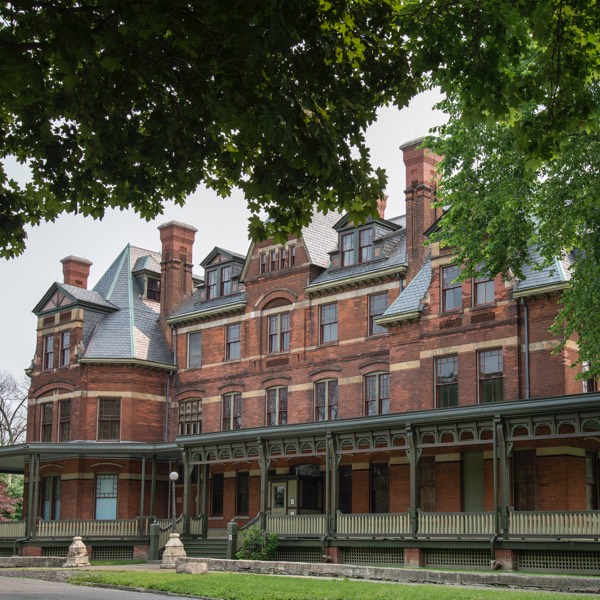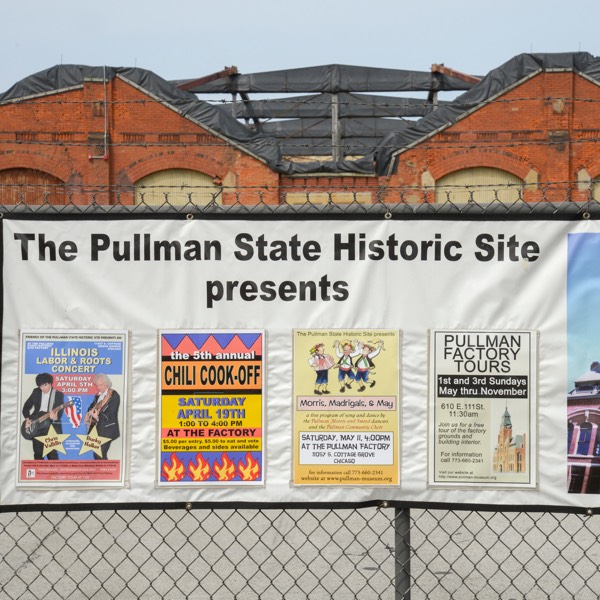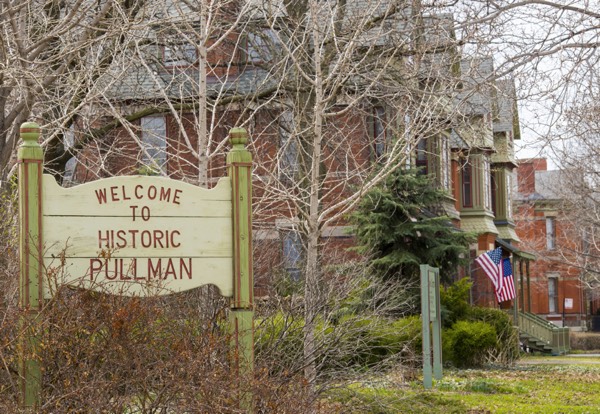
History of Chicago’s Pullman Neighborhood
The brainchild of railcar magnate George M. Pullman, the original town of Pullman – built between 1880 and 1893 – was one of the nation’s first and most beautiful planned industrial communities.
Designed by architect Solon S. Beman and landscape architect Nathan F. Barrett, Pullman was described by the Times of London as “the most perfect town in the world.” Beyond its architectural significance, Pullman played an important role in the history of urban design, transportation, labor and race relations.

Offering access to all
From its beginnings the community offered its residents access to recreation, employment and the city center. Located only fifteen miles from the Chicago Loop, and adjacent to Lake Calumet, Pullman is bounded by 95th Street on the north, 115th Street on the south, the Bishop Ford Expressway on the east and Cottage Grove on the west.
Building on its roots
For the past century, the Pullman neighborhood has been able to retain both its architectural heritage and working class character despite tough times and threats that the entire community could be razed to make way for a light industrial park.


One of the nation’s 10 Great Neighborhoods
Today, Pullman stands as a unique Chicago community, the only one among Chicago’s 50 city landmark districts to enjoy state and national landmark status and to be recognized by the American Planning Association as one of the nation’s 10 Great Neighborhoods. It is Chicago’s only designated National Park.

